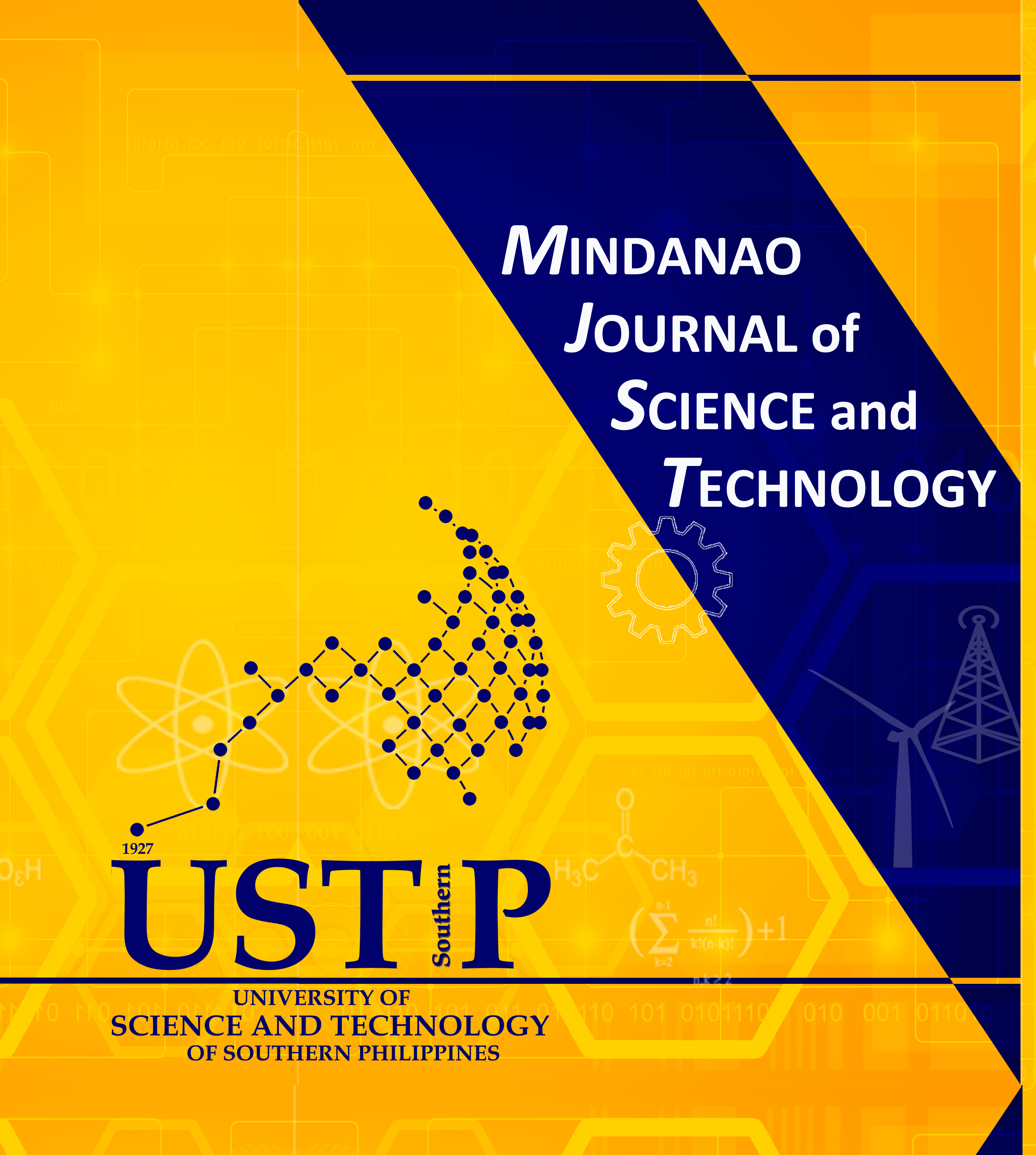Sea Surface Temperature Reconstruction using 3D X-ray Computed Tomography in Coral Cores from Baler, Aurora, Philippines: An Initial Study
Keywords:
3DXCT, corals, gray value, Philippines, sea surface temperatureAbstract
Massive coral species are essential archives of past sea surface temperature (SST) records as they incorporate biological and geochemical tracers that reflect temperature variations of their living marine environment. Existing methods of reconstructing past SST data involve analyzing elemental or isotopic ratios (e.g., Sr/Ca, coralline δ18O) that are known functions of seawater temperature. The potential of annual density bands of coral skeletons as an SST tracer has received less attention so far. 3D X-ray computed tomography (3DXCT) allows quick imaging of coral density bands with minimal to no sample preparation to extract relevant climate data as gray values (GV) – a measure of total X-ray absorption of the sample. Given the known influence of temperature on annual growth density bands and the GV profiles of corals, a novel method of SST reconstruction using GV from 3DXCT analysis, is presented. Two Porites spp. coral core samples (Baler 2 and 3) from Baler, Aurora, Philippines were analyzed using 3DXCT to obtain their GV profiles. GV profiles were matched with existing SST data (optimally interpolated SST). Comparisons showed significant positive linear correlation with equations SST = 0.3645 GV + 10.414 (r2 = 0.6389) and SST = 0.462 GV – 1.8888 (r2 = 0.7845) for Baler 2 and 3, respectively. SST reconstructed using these linear equations had mean absolute errors of 3.4 and 2.9% compared with OISST for Baler 2 and Baler 3, respectively. These findings showed the potential of 3DXCT analysis of coral cores as a relatively easy, quick non-destructive and precise method for SST reconstruction.










